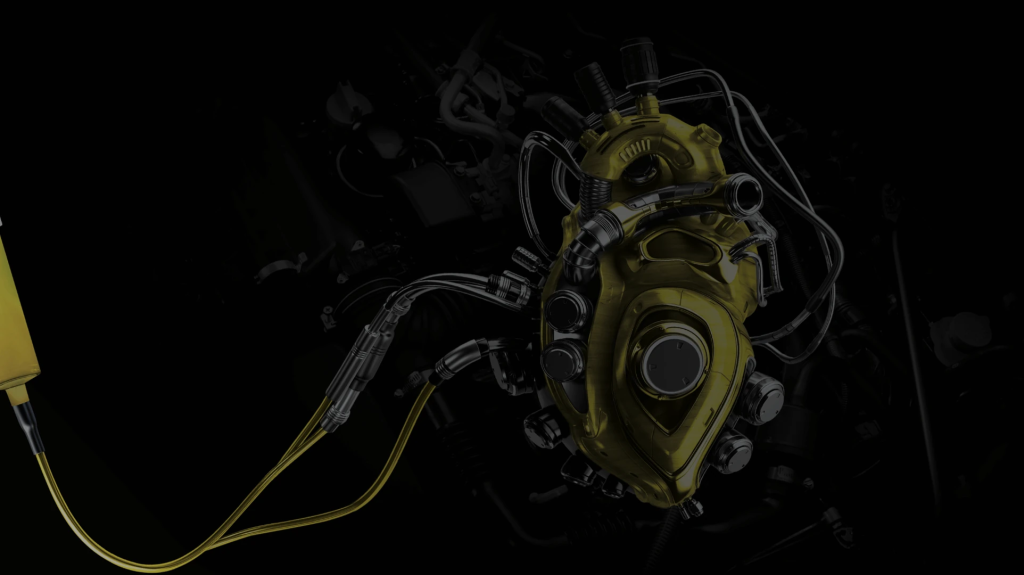How Lubricant Companies Store Their Products Safely

Storing lubricants safely is a basic part of running a lubricant business. It keeps the products in good condition and avoids unwanted accidents or spills. Lubricant companies follow certain practices to ensure everything stays safe and clean. These methods are simple, but very effective in managing large amounts of oil and grease products.
Storing at the right temperature:
Temperature can affect the quality of lubricants. If it gets too hot or cold, the texture and performance may change. To avoid this, lubricant companies in UAE store lubricants in areas where the temperature stays consistent. Some facilities use climate-controlled rooms, especially for sensitive types like synthetic oils.
Using suitable storage containers:
Lubricants are stored in drums, bulk tanks, or intermediate bulk containers (IBCs). These containers are made from materials that hold the oil safely and do not react with it. Companies choose the size of the container based on the type and volume of lubricant they store. Keeping containers sealed tightly also avoids contamination and evaporation.
Organizing storage areas:
Companies arrange their storage spaces to keep things neat and easy to manage. Lubricants are labelled and placed in different zones based on type, usage, or packaging. This reduces mix-ups and allows workers to find what they are looking for quickly. Using proper shelving and spacing also avoids the risk of containers falling or leaking.
Using secondary containment systems:
To prevent spills from spreading, companies place containers in trays or areas with raised edges. These are known as secondary containment systems. If a leak happens, the oil stays within the tray instead of flowing across the floor. This setup keeps the worksite cleaner and safer.
Keeping the area clean and dry:
Moisture and dirt can affect lubricant quality. That’s why storage areas are kept clean and dry at all times. Floors are checked often, and spills are cleaned immediately. Containers are also wiped and checked for rust or damage. A tidy environment reduces the chance of product waste.
Routine checks and safety measures:
Regular inspections are carried out to check containers for leaks or signs of wear. Workers follow clear procedures when moving or handling lubricants. They also wear protective gear to stay safe from spills or fumes. Fire safety tools like extinguishers are placed nearby since some lubricants are flammable.




